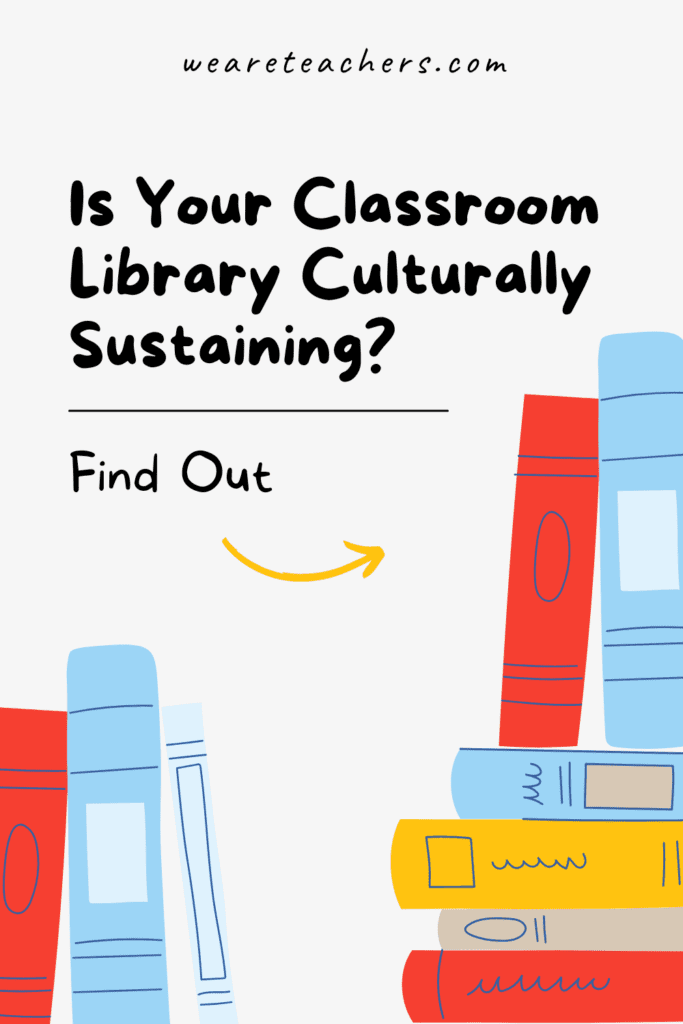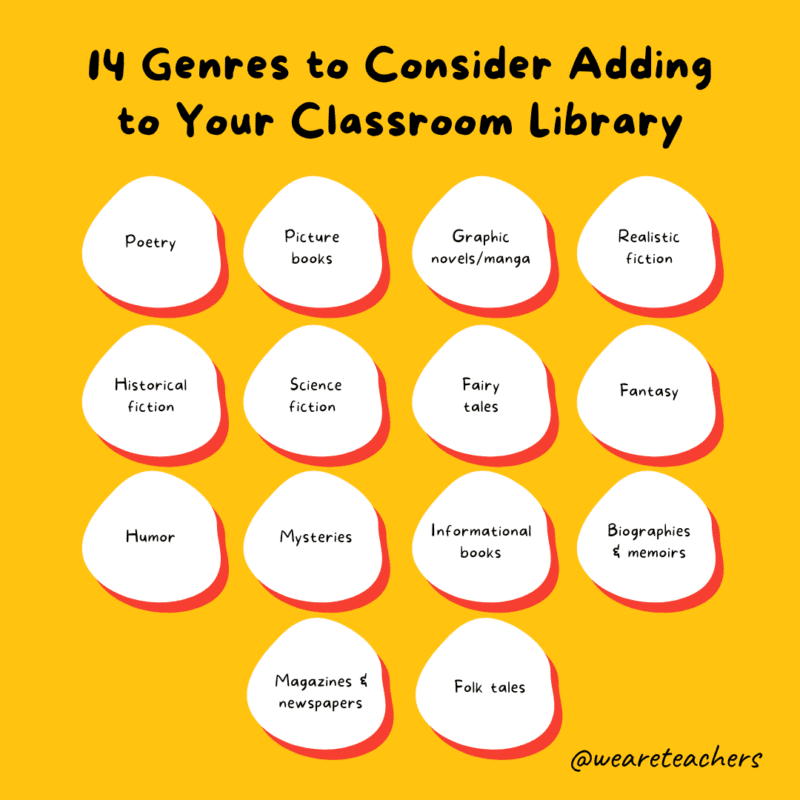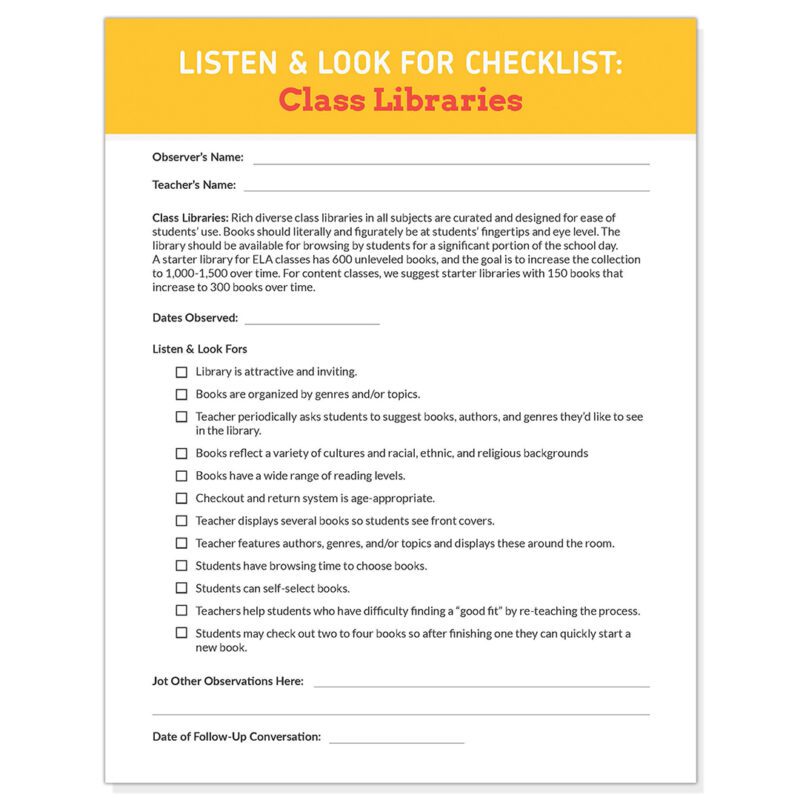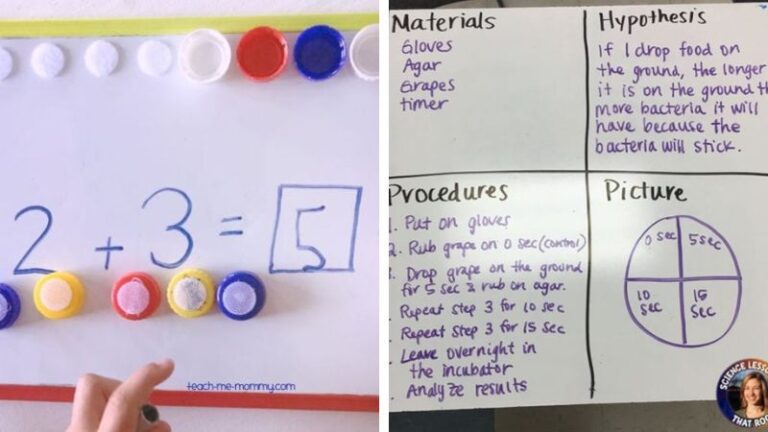Classroom libraries can be conduits for change, providing all children access to texts that affirm who they are, open possibilities for what they can become─and help them to develop the habit of reading. Teachers have tremendous power to amass text collections that develop students’ academic, emotional, and social selves. In this blog, we share the ins and outs to create a classroom library that adds joy to your school days─and affirms for all children that they belong.
The academic payoff of classroom libraries is old news…
There are decades of research to support the adage that children get better at reading by reading. In fact, whether you are a teacher or a leader reading this blog, we encourage you to use the research on why students become readers to advocate for funding classroom libraries. Developing successful, lifelong readers has everything to do with reading volume, offering students choice in what to read, and using outstanding children’s and young adult literature (Allington, 1997, 2012, 2014; Anderson, Wilson, and Fielding, 1998; Krashen, 2004). Yet, it’s important to acknowledge that we are all newbies regarding how to use books in ways that align with culturally sustaining pedagogy.
…but how teachers create an optimal collection is breaking news
Regardless of background, all teachers need guidance and assurance on finding books that provide positive, identity-building stories for all children. The field of culturally sustaining literature has exploded in the last few years, and the benchmarks have shifted. For example, publishers have recognized that it’s not enough to show characters of color or sprinkle them into storylines; they need to seek out own-voice writers and illustrators representing a wide range of ethnic, cultural, and religious backgrounds.
Children want to see themselves as protagonists, not slated to secondary characters. All children crave involving, entertaining, and nuanced stories and themes; they want normal, not noble. They know darn well when a book is pandering to stereotypes rather than written from an authentic perspective.
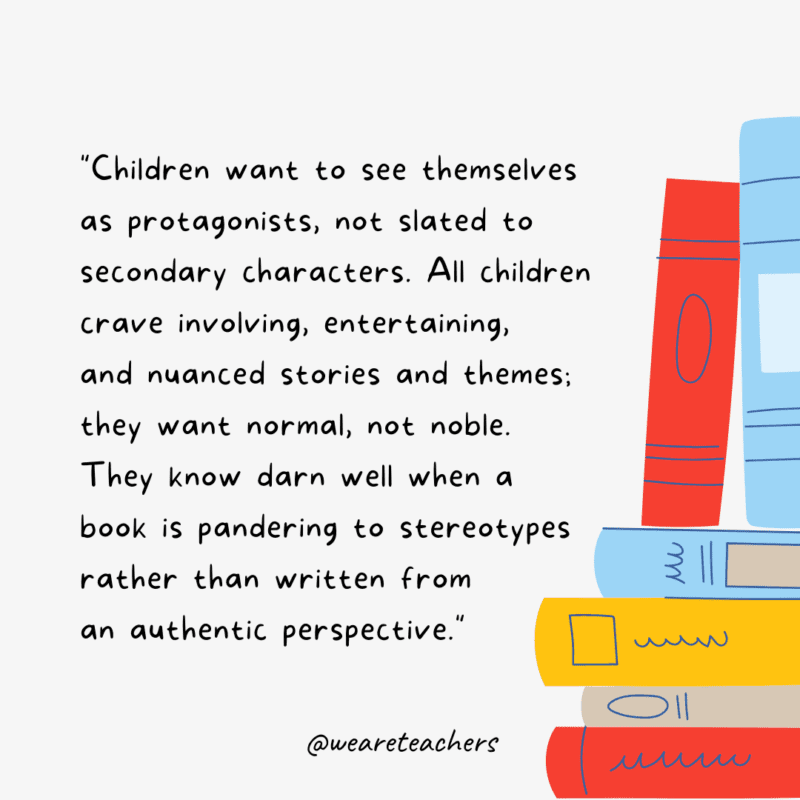
Luckily, great books in just about every genre abound! Tap the expertise of your school librarian and see the box below on a few of our favorite sources for diverse literature. Then, use the tips that follow to build the classroom library of your dreams.
1. Define diversity
Having a working definition of diversity helps you gather a strong collection. For example, you want to think about diversity in terms of abilities, race, ethnicity, culture, home language, gender identity, and so on. You want to reflect on what it means to shift away from assuming that white, middle-class, English-speaking is the norm. It’s not. Diversity is inclusivity. It’s not just about cultural and ethnic breadth.
2. Be asset-based
How you select a read-aloud, and how you talk about book characters, influences students’ sense of one another and themselves. For example, if you have bi/multilingual students in your classroom, select books that reflect their backgrounds and celebrate those learners’ ability to develop more than one language simultaneously. Also, pose questions in ways that are open ended and invite all kids to respond. “What is familiar here?” “What is the character realizing now?” Older books in your current library? Scrutinize them to make sure they don’t perpetuate negative, patronizing stereotypes.
3. Be ruthless about relevance
What engaged you in terms of topics and authors as a youth might not resonate with most children today. So, fill the shelves with books that are relevant to students’ interests and life today.
[contextly_auto_sidebar]
4. Consider reading range
Include lots and lots of books on grade level, but plenty below and above grade level.
5. Go big or go home
Each classroom library should have a minimum of 600 unleveled books and a goal to increase the collection to 1,000-1,500 over a couple of years. Pumping up students’ reading volume requires a voluminous approach to books. A few favorite diversity resources:
- Lee & Low Books, which was founded in 1991, is now the largest multicultural book publisher in the United States.
- Reycraft Books, a relatively new book line, publishes and licenses books for all children by authors and illustrators around the globe that have unique stories to tell.
- Wordsong is this country’s only imprint dedicated to publishing children’s poetry.
- Versify is a children’s imprint launched by award-winning author Kwame Alexander. It publishes books that celebrate the lives and reflect the possibilities of all.
- We Need Diverse Books is a nonprofit organization of book lovers that advocates essential changes in the publishing industry to produce and promote literature that reflects and honors the lives of all young people.
- The Brown Bookshelf is designed to push awareness of the myriad Black voices writing for young readers. Their flagship initiative is 28 Days Later, a month-long showcase of the best in Picture Books, Middle Grade, and Young Adult novels written and illustrated by Black creators. You can read more about the members of The Brown Bookshelf here.
- Penguin Random House Creative Writing Awards (CWAs) is a scholarship program designed to highlight, encourage, and support diverse student voices. Eligible for high school seniors, please visit the link for more information.
- Corwin Press has an equity line of professional books for teachers and leaders. Launched by Dan Albert more than 20 years ago, its authors have been at the forefront of culturally sustaining pedagogy.
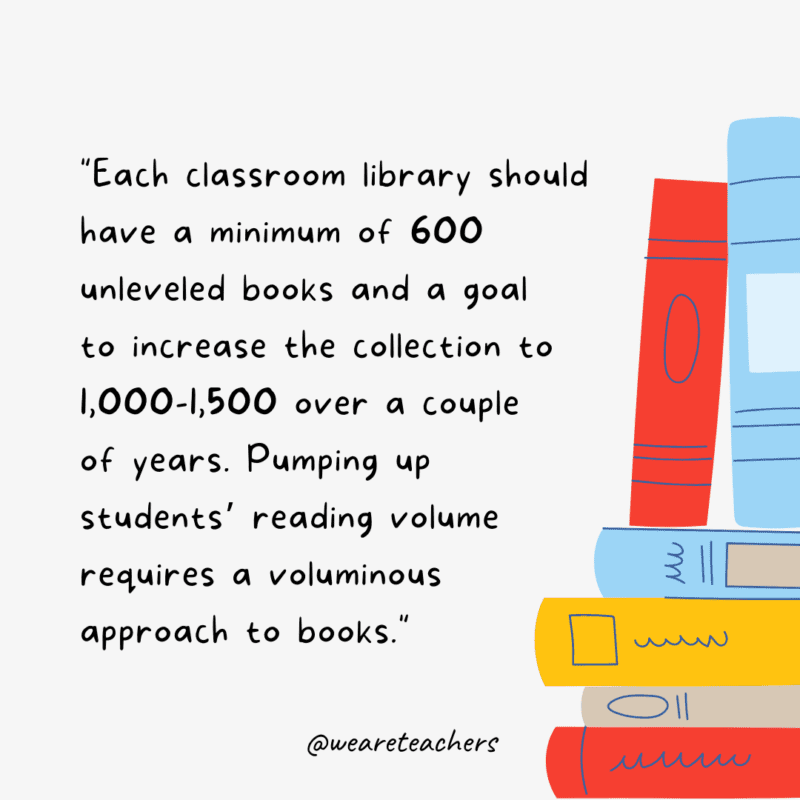
6. Stock all text types and genres
Use these ideas (and the linked book lists) to help you make your library diverse in terms of genres.
- Poetry
- Picture books
- Graphic novels/manga
- Realistic fiction
- Historical fiction
- Science fiction
- Fairy tales (include renditions authored and illustrated by people of color/representing versions of the tale from various countries/cultures)
- Fantasy
- Humor
- Mysteries
- Informational books
- Biographies and memoirs
- Magazines and newspapers
- Folk tales (include renditions authored and illustrated by people of color/representing versions of the tale from various countries/cultures)
7. Connect instructional and independent reading
The classroom library should feel recess-like recreational to students! You want them to view books as a break from some of the tasks and learning at school that might be harder for them. That said, as you plan your units, from ELA to math, to science, to history, add books to the library on topics your curriculum addresses.
8. Keep the library kinesthetic, not static
As the teacher, you are wearing the hat of the bookseller. And as every bookseller knows, the secret to success is to entice browsers with appealing, new features. Students will love it! Invite students to help you organize the library at the start of the school year. Hand out a student reading interest survey, so you discover kids’ interests and what kinds of books they like. Every few weeks, layer in newness.
For example, display “This week’s picks” and invite students to do the same in subsequent weeks. Place a box in the library for students to make anonymous suggestions for books, topics, authors; sometimes kids are too shy to ask for a topic publicly. Invite students to schedule 60-second book talks to promote favorites to peers. Invite your principal to get on the school’s intercom once a week and tell about a favorite book, and have students also share favorites that way.
9. Advocate for classroom libraries
We believe that with a little ingenuity, any teacher can develop a class library, even in schools whose leadership don’t see classroom collections as a priority. Advocate for the principal to shift budget money allocated for a new reading program to stocking every classroom with an abundance of books. Collaborate with other teachers to make classroom libraries a school-wide initiative, a badge of honor!
10. Collaborate and coach one another
Launch a professional development inquiry around best practices for cultivating independent reading. To help you and others develop excellent practices throughout the school, use the following checklist. (Many more checklists can be found in our book Schools Full of Readers.)
What tips do you have to create a classroom library? Share in the comments below.
